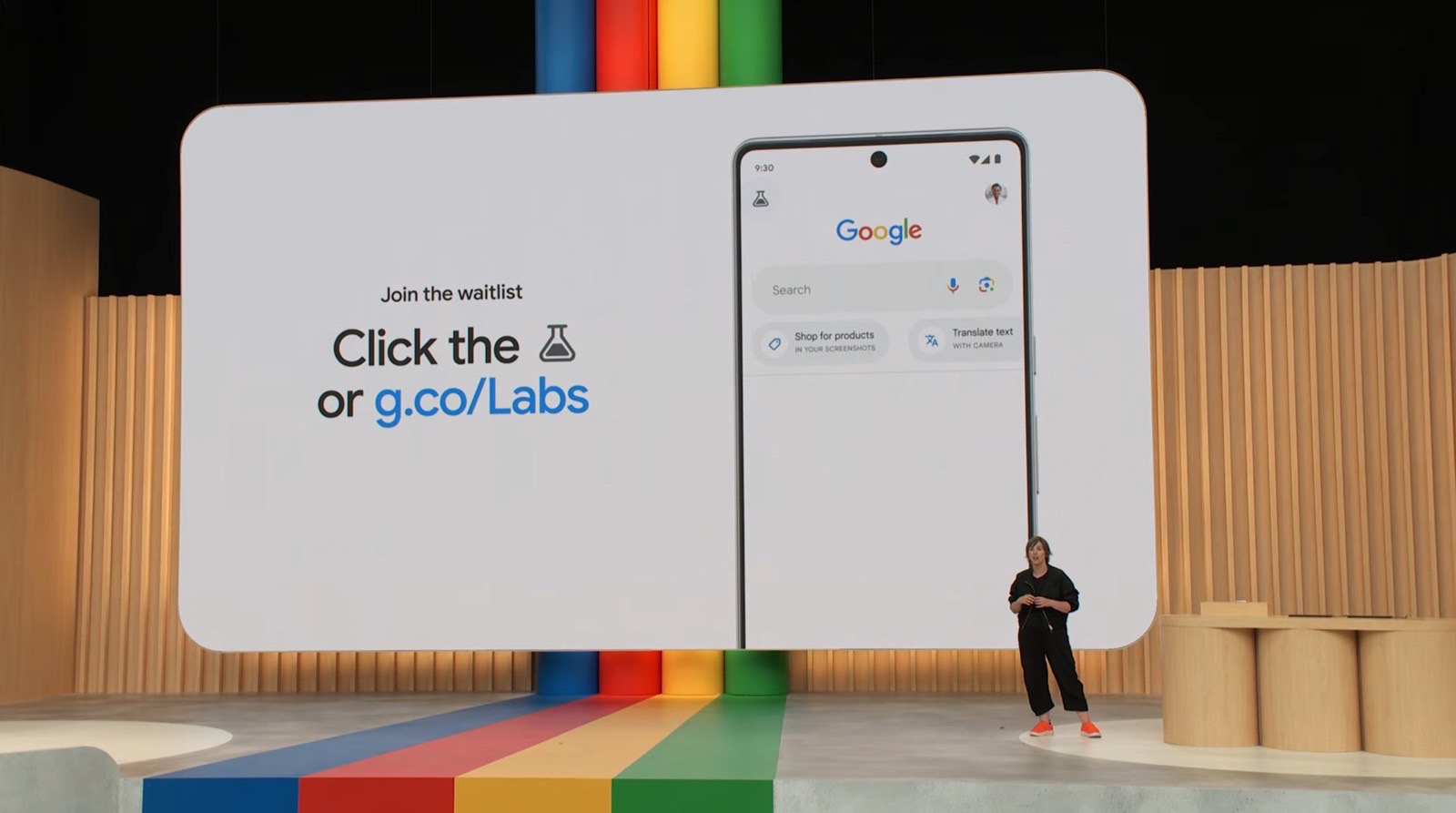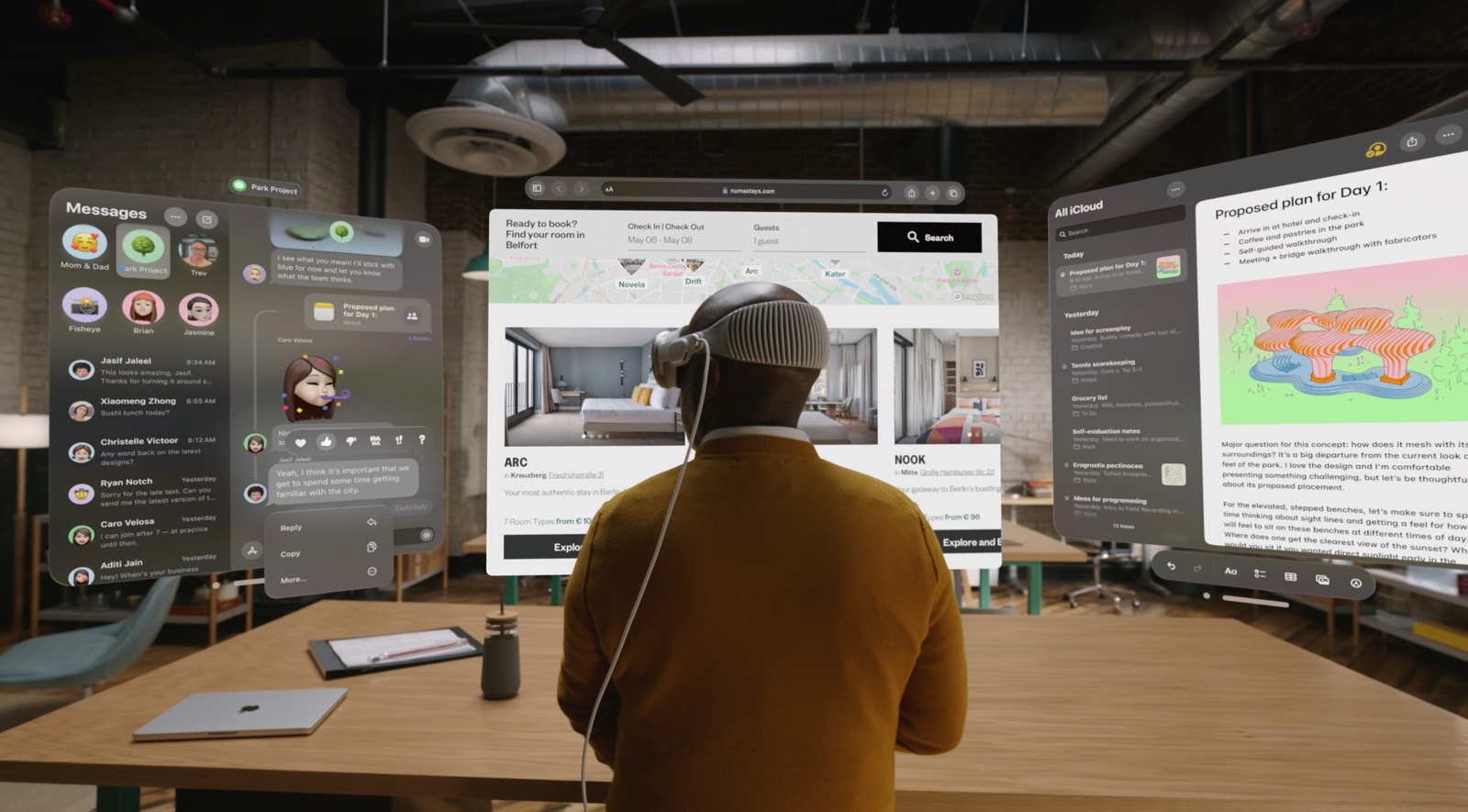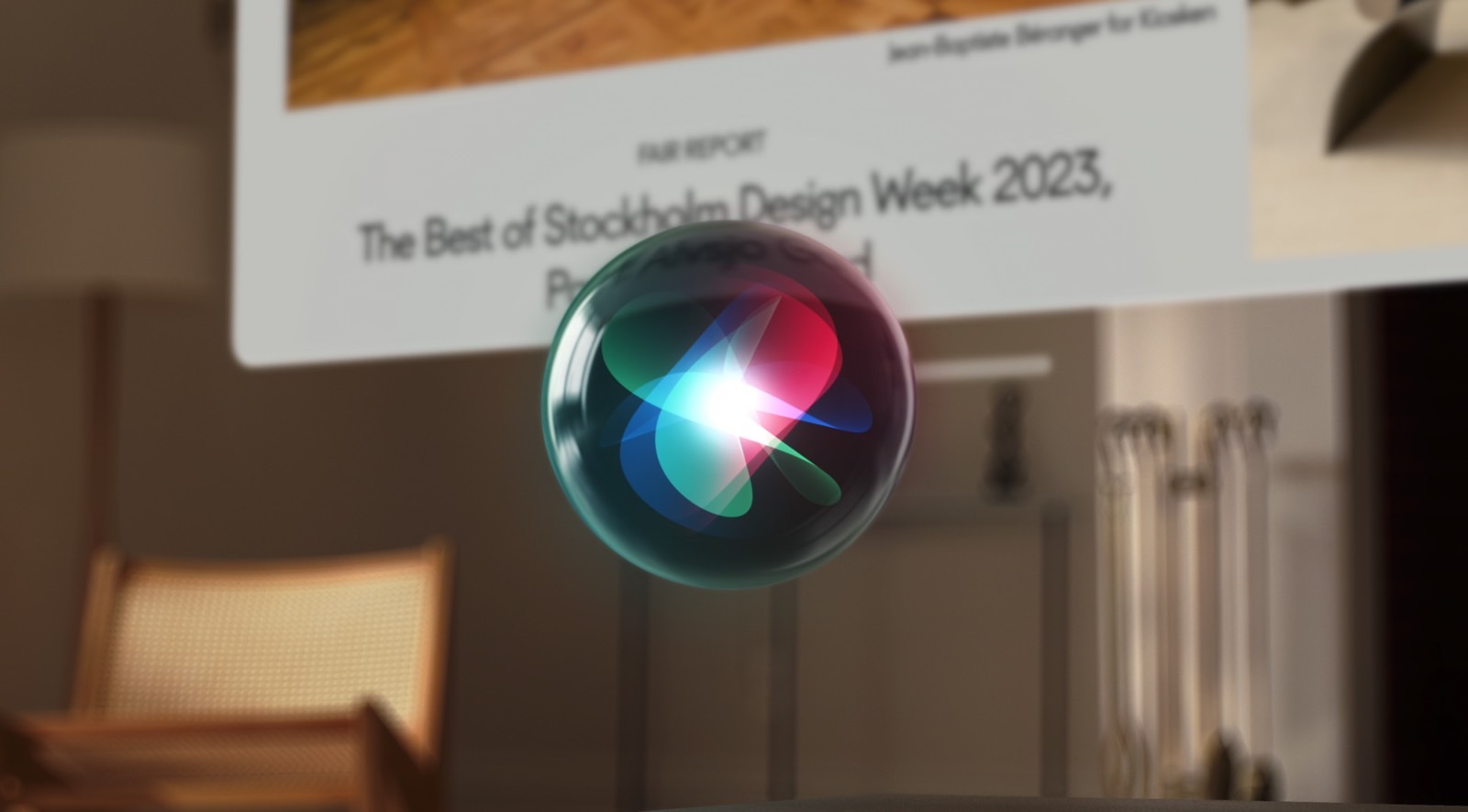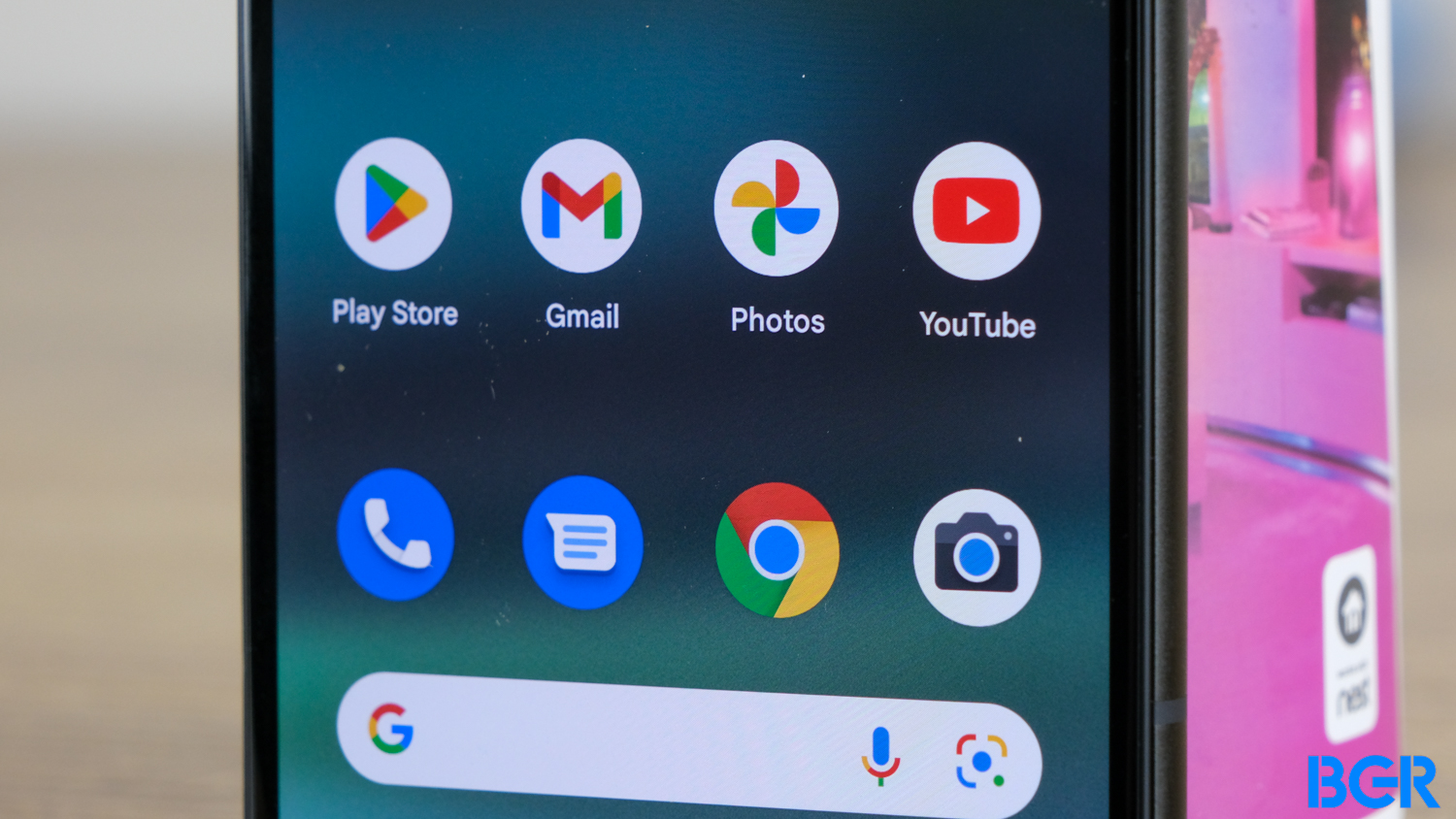Several weeks after the big Vision Pro reveal at WWDC, Apple made the visionOS beta and SDK available to developers. We saw the first third-party Vision Pro apps on social media, as well as Apple’s software for the new operating system. Among those, I think the new Visual Search tool will be a killer Vision Pro feature. Not only that, but I expect Visual Search to grow into a massive threat to Google Search. It may actually be an even bigger threat to Google than ChatGPT.
What’s the deal with ChatGPT?
When ChatGPT first arrived, some were quick to claim the generative AI tool might impact Google’s ad-based Search business. I was never a subscriber to that line of thinking.
I knew Google had its own language models in development and that a ChatGPT alternative for Google Search would be available before OpenAI brought ChatGPT online. As a reminder, ChatGPT can’t access the live web, so it’s not much of a Google Search killer.
The fact that Google was fast to deploy ChatGPT alternatives and then infuse many of its apps with generative AI features proves that point.

Google unveiled Bard a few months ago, and then the new SGE variant of Google Search. That is, Google is ready to fight for the Google Search revenue for years to come. Even if ChatGPT (and Bing Chat) are serious competitors.
And yes, ChatGPT is a lot more popular than Vision Pro, and it’ll have hundreds of millions of users compared to Apple’s spatial computer. But I’ll explain why I think Visual Search will be such a threat to Google.
How Google makes its money
Google Search is a main cash-maker for Google. That’s why online search is so important. Google makes billions each quarter, with Search being at the core of its business. Ad revenue for the March 2023 quarter sat at $54.44 billion. That’s out of the $69.79 billion revenue that Google parent company Alphabet announced for the period.
Since I’m looking at Vision Pro possibly impacting Google Search in the future, I can’t overlook the importance of another Apple product that’s key to Google’s success.
Google reportedly pays Apple $15 billion a year to be the default search engine on iPhone. Apple’s platforms and its customers are extremely valuable to Google, even though the company has its own Android operating system. And Android is the dominant player in the mobile business.

Why Visual Search is so important
Apple might sell up to one million Vision Pro units in the first year, which seems meaningless compared to the more than $200 million iPhones Apple sells during the same timeframe.
But the Vision Pro will be extremely important to Apple’s post-iPhone era. It’ll set the principles of spatial computing, which Apple will use to build towards sophisticated AR glasses. And Visual Search will sit at the center of it.
As I’ve explained, Vision Pro will be much faster than other computers. It tracks your eyes and hands to deliver instant results. Add voice control, and the Vision Pro might help you become even more productive. Even if that means loading up your Netflix show faster than on iPhone, TV, or the web.
Visual Search will let you search the world around you through the Vision Pro’s cameras. You’ll be able to point at things and ask for information about them. And grab information from the real world, like texts and web addresses. All of that will deliver Google Search-like results.
Apple may very well let you set Google Search as the default engine powering Visual Search. Visual Search will likely work with online content, considering that you’ll use apps and web browsers with the Vision Pro.

Apple’s own search engine
Vision Pro will change the way you search. Rather than going to Google.com for questions, you’ll just look around you and ask for information. And I’d venture to guess that Apple will want to power Visual Search with its own search engine.
A report late last year said that Apple was working on a Google Search alternative of its own. What if Apple had been designing that search engine with the Vision Pro’s Visual Search in mind? And sure, such a search engine can always work with all of Apple’s devices.
Also, Apple is developing generative AI products of its own. I wouldn’t be surprised to see a smarter Siri become available on Vision Pro in the near future. And that includes Visual Search integration.
With all this in mind, I think Vision Pro is a bigger threat to Google Search than ChatGPT because it’ll change how we search for information. It might take years for this threat to become obvious. The Vision Pro user base has to grow considerably for Google to feel an impact.

Google’s countermeasures
That said, Google is already preparing for the spatial computing future. I’ll remind you that Google bought Android to safeguard Google Search on mobile devices, realizing that’s where the money will come from.
It might not have a Vision Pro or visionOS alternative right now. But Google has added plenty of AI features to its apps, making them ready for running on Vision Pro.
Google Lens is one example, which could be an alternative to Visual Search on Vision Pro. And I fully expect Google to deploy Google Search products for spatial computers.
Also, Google can always decide to spend additional billions to make Google Search the default search engine for Visual Search.








